We currently witness the most dynamic evolution of retail and the High Street that world has ever seen. Every town and city have been experiencing a steady decline in footfall. The trend has been exacerbated by the COVID-19. There is likely to be fewer shops in the future. Instead, we will see more diverse offer of amenities and mixed living, an aspiration being the 15-minute city where everything is on hand from work to entertainment This affects the High Street security threat profile consequently defining its security needs.
In the middle of the worldwide pandemic a High Street is being developed in Yorkshire, UK to respond to the rapidly changing needs of retail environment.
Olive Lane is the future High Street of a new community, Waverley, the largest brownfield development in Yorkshire. The developer Harworth Group have planning consent in place for nearly 4000 homes and nearly 20 hectares of commercial space. The first 1000 homes are already occupied and around 2000 people work on Waverley’s Advanced Manufacturing Park- a business park occupied by companies such as Rolls Royce, Boeing and McLaren.
In most cases the existing High Streets need to be redesigned to meet consumers expectations. Less often the High Street can be designed from scratch. When that happens, opportunities present themselves to implement the most appropriate security solutions into the design.
CPTED-UK work with Harworth assessing security needs in support of the sustainability agenda for Olive Lane and the community of Waverley.
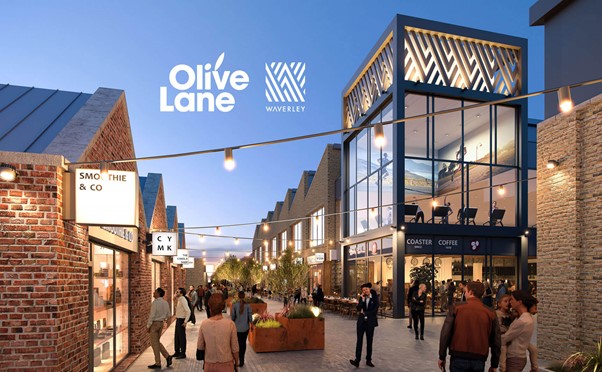
The approach recognises academic research and well-established best practice that demonstrate the benefits of security being addressed from the very beginning of the design process. Crime Prevention through Environmental Design (CPTED) is a concept commonly referred to by the EU as ‘security by design’ in the protection of public spaces. The United Kingdom has the most advanced system of CPTED implementation in Europe with its many policy strands that relate to urban planning and crime prevention.
The adoption of security measures as part of an overall urban design project can reduce the costs of protective solutions substantially, as planning the protective measure at the design stage allows for resourcefulness, multifunctionality and cost-efficiency.
The CPTED approach guarantees that security measures are harmoniously integrated into the urban environment, as they are part of a protective urban development project.
When compared with ad-hoc solutions added retrospectively, crime reduction and security measures that are conceived from the initial stages of the design process are less likely to conflict with existing services and utilities and they can be better integrated within the surrounding environmental features.
Social risks and opportunities are an integral part of the threat, risk and vulnerability assessment that informs the choices of community safety and loss prevention solutions.
Todays High Street needs to fit in with the 15- minute city model, an urban concept that many modern cities aspire to in order to support the United Nations Sustainable Development Goals. Waverley is an exemplar model of this concept.
The 15- minute city adds to the idea of Smart Cities and that of building more humane urban developments. Harworth and CPTED-UK have strong commitment to building safer, more resilient, sustainable and inclusive cities.
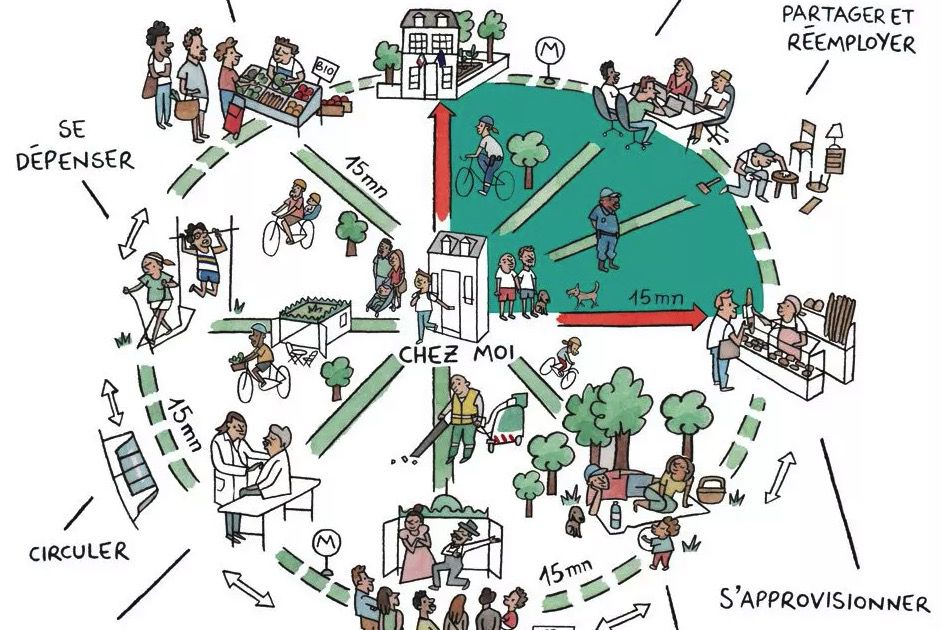
The conceptual approach of the 15-minute city, initially proposed in 2016 by prof. Carlos Moreno, a planning advisor to the Mayor of Paris, has accelerated during the COVID-19 pandemic. In addition to promoting healthy lifestyle the concept focuses of other dimensions that relate to ecological sustainability, promoting social interactions and citizen’s participation.
By emphasizing on proximity of all basic services the 15-minute city aims to reduce the car dependency. The amount of time invested in transportation has a strong impact on quality of urban life. Locals should be able to access all their essentials within 15 minutes by walking or cycling.
Moreno defines the essential urban social functions necessary to sustain a decent quality urban lifestyle as living, working, commerce, healthcare, education and entertainment.
A similar attempt to define the urban functions essential for a sustainable community was made by the Building Research Establishment (BRE). BRE is the owner of the world’s most advanced environmental assessment methodology- BREEAM.
The BREEAM Communities 2012 scheme applies to master planning projects. Local needs and requirements fall under the Social and Economic Wellbeing criteria. The scheme provides a list of elements that should be considered recognising that there is no ‘one size fit all’ solution. It requires consultation on local needs and requirements that include an assessment of the services, facilities, amenities, and housing provision required for the community. It notes that demographics of the community will change over the development’s lifecycle and that changes in capacity need to be catered for.
The plans for Olive Lane comprise of a supermarket, a selection of various size retail units and pop-up market stalls. It also features a gym overlooking the centrally positioned community space. There are offices, restaurants, cafes and residential units in the upper floors. There is also a medical centre with a pharmacy next to it. Olive Lane’s location between the high-density residential area and the business park makes it easily accessible by foot or bicycle. There is a bus hub at one end of the High Street, and a car park to serve the retail owners, residents and visitors.
The High Street Task Force recognises that crime and fear of crime significantly affect footfall, sustainability and contribute to High Street degradation. Crime Prevention through Environmental Design is an approach used to design out crime. Its methods include promoting local ownership, care and maintenance, improving natural surveillance, balancing access control with permeability (the ability to move freely), and maintaining local areas to prevent further destruction and criminal behaviour.
Sustainable High Streets can support the reduction of inequalities and promote other desirable outcomes such as safety, prosperity and social interaction.
The location of Olive Lane adds significance to the development, making it a symbol of transition to low carbon economy. Waverley reflects the environmental, social and economic changes dictated by the green agenda.
Harworth specialise in regeneration of large, complex sites into new residential developments and employment areas. It has a particular focus on former industrial sites.
Waverley is a new community built on the site and surrounding area of the former Orgreave Open Cast Mine. Coal mining in the area began in 1820. The first shaft of Orgreave Colliery was sunk in 1851. In the 20th century the Orgreave Coking Plant was established and the site at Waverley became one of Europe’s biggest mining operations.
The National Coal Board closed Orgreave Colliery in 1981, which eventually led to the miners strikes. The National Union of Mineworkers members picketed the coking plant to prevent employees and coal from entering or products from leaving. They believed that would help them protect their pits and their jobs.
Waverley is a story of how the socio-economic factors influence the security needs by creating certain risks but also opportunities.
Harworth have strong commitment to the UN Sustainable Development Goals. They form partnerships based on a shared socially responsible approach and recognise the resistance to crime as one of the key criteria of sustainability.
Industries continue to be heavily dependent on fossil fuels across the product and service lifecycle. Over 80% of the world’s primary energy comes from fossil fuels, which contain carbon. Global emissions of carbon dioxide have increased by nearly 50% since 1990. Decarbonization is a complex societal problem that requires social and structural transformation along with technological innovations.
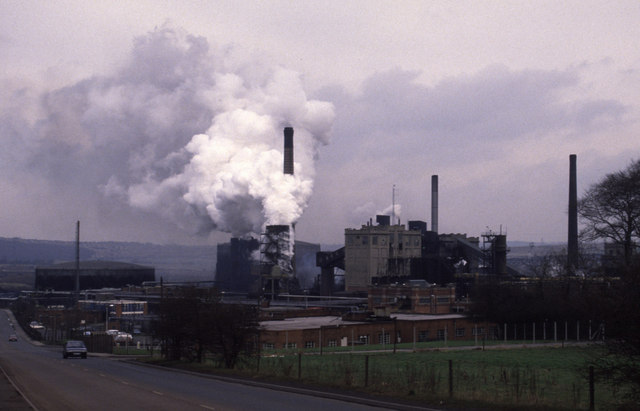
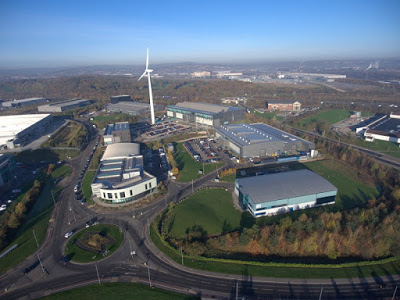
Today Waverley is leading the UK’s green manufacturing revolution. The business area of Waverley is an encouraging sign that energy can be more sustainable and widely available. It demonstrates progress on energy access, energy efficiency and renewable energy and makes a significant contribution towards the affordable and clean energy goals.
The Advanced Manufacturing Park is a beacon of industrial transformation. Its first tenant, the Advanced Manufacturing Research Centre is a network of world-leading research and innovation centres working with advanced manufacturing companies of any size.
The likes of McLaren and Rolls-Royce were drawn to the AMRC’s expertise with their factories surrounding the AMRC’s facilities. With the Nuclear AMRC joining the park it now has one of the widest sets of engineering expertise in the UK.
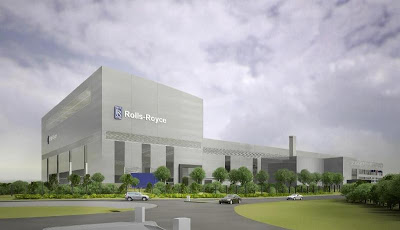
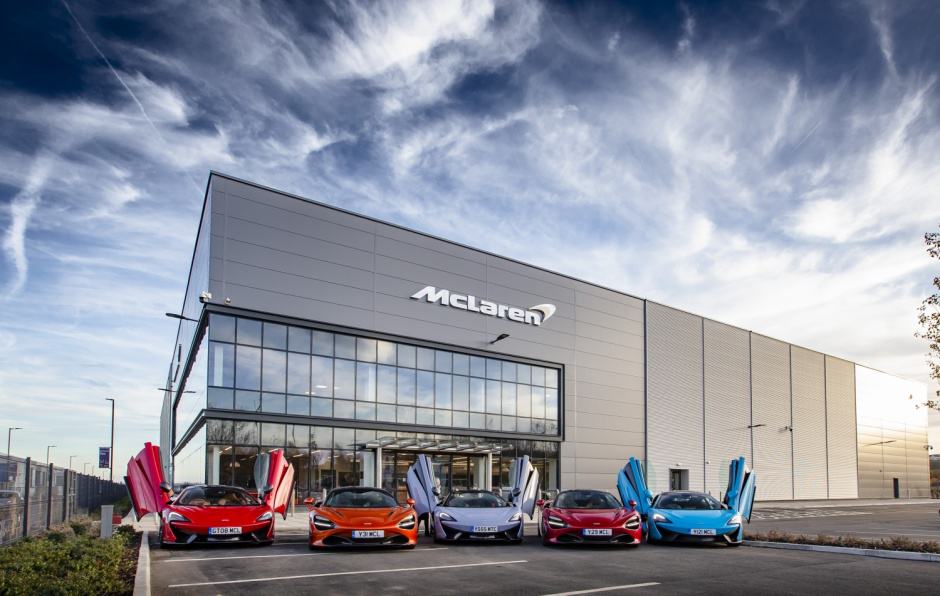
AMPs profile have also attracted the UK Atomic Energy Authority’s. In 2020 the UK AEA opened a new Fusion Technology facility in Waverley. It will be used to develop and test materials and components that can cope with the conditions found inside a fusion reactor. These will then be tested and evaluated under conditions simulating those of a fusion reactor including high heat flux, in-vacuum, and strong magnetic fields.
The vision of the AMP emerged from the decline that South Yorkshire had suffered in its traditional industries of coal and steel over the last twenty years. Despite this decline, the region had retained established skills and expertise in the areas of advanced manufacturing, backed by materials research expertise within the two Sheffield universities, and other independent research organisations.
Harworth’s vision remains on track to delivering 4,000 high value jobs to the region- exceeding by far that of Orgreave when the site shut down in 1990.
Olive Lane, the future High Street of Waverley will enable and encourage people from different backgrounds to meet, integrate and become socially engaged. The range of uses and activities will serve the wide spectrum of demographic profiles. Olive Lane is easy to get to and well connected with the surrounding community. A thriving public space is much safer and easier to police in the long run than space that is underutilised.
The British High Street Task Force has been established to reinvent and restructure British High Streets. It provides information, advice, training, knowledge and data – helping people to make a positive difference to their local communities. Richard Stones OBE from CPTED-UK Ltd applies his business security expertise as the High Street Task Force Expert.

This article is now published the Loss Prevention Europe and can be viewed online at:
